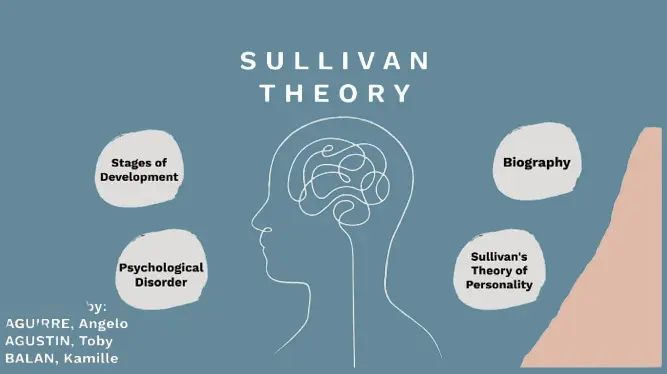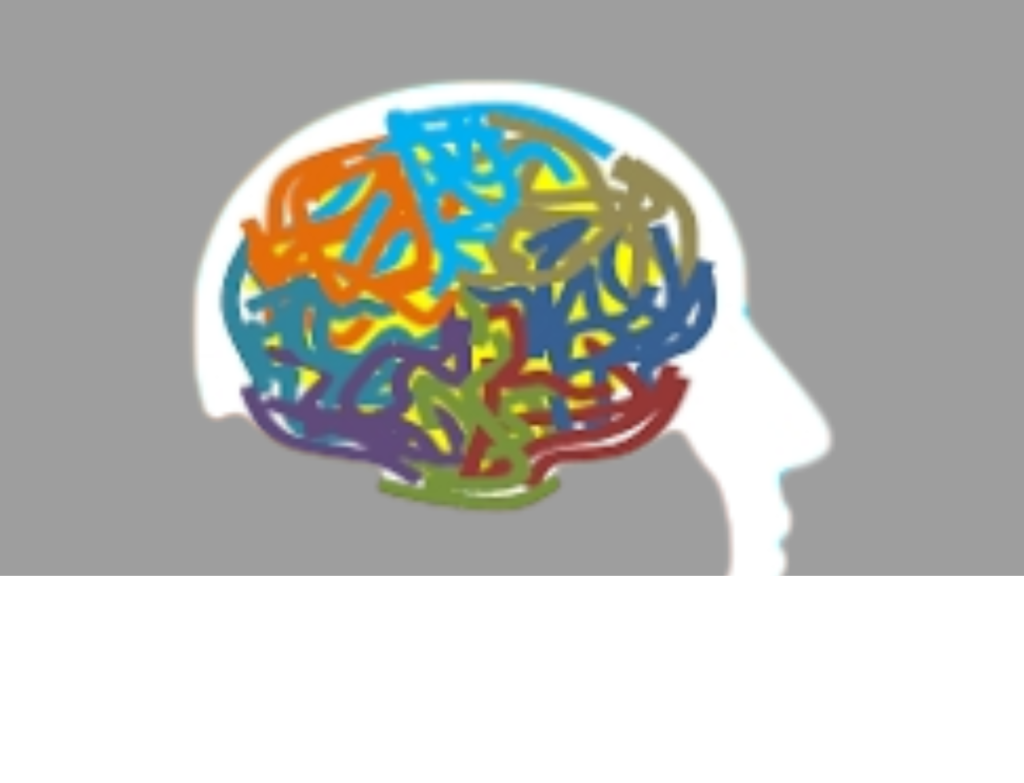In a world where empathy and caregiving are vital, compassion fatigue has quietly become one of the most common yet least discussed emotional challenges. People who dedicate their lives to helping others—nurses, therapists, doctors, teachers, first responders, and caregivers—often find themselves drained not only physically but emotionally. This exhaustion is known as compassion fatigue, a form of emotional weariness that comes from caring deeply and constantly for those in distress.

Compassion fatigue affects people who give their energy and empathy to support others, often at the expense of their own well-being. Over time, the emotional burden can lead to a decline in compassion, motivation, and emotional resilience. Understanding its symptoms, causes, stages, and treatments is the first step toward recovery and long-term emotional balance.
What Does Compassion Fatigue Mean?
Compassion fatigue refers to the physical, emotional, and psychological exhaustion that develops from prolonged exposure to the suffering of others. It is often described as the “cost of caring.”
The term was introduced by psychologist Charles Figley in the 1990s to describe the emotional toll experienced by professionals who work in trauma-related fields. It differs from burnout, although the two often overlap. While burnout typically stems from workplace stress and overload, compassion fatigue specifically arises from empathetic engagement with another person’s pain or trauma.
Anyone can experience compassion fatigue—healthcare workers, counselors, teachers, social workers, animal care providers, and even family members caring for ill or aging loved ones. Over time, constant empathy and exposure to emotional pain can lead to numbness, withdrawal, and emotional depletion.
In essence, compassion fatigue does not mean you care too little; it means you have cared deeply for too long without adequate rest or recovery.
How to Recognize Compassion Fatigue
Recognizing compassion fatigue early is crucial for preventing more severe emotional and physical consequences. Many individuals overlook the signs, believing they simply need to work harder or “toughen up.” However, acknowledging the symptoms is the first step to recovery.
Common Signs Include:
- Emotional exhaustion and loss of energy
- Feeling detached or emotionally numb
- Reduced ability to empathize with others
- Increased irritability or frustration
- Difficulty concentrating or making decisions
- Withdrawal from colleagues, friends, or family
- Changes in appetite or sleep patterns
- Decline in work satisfaction or motivation
Compassion fatigue can creep in slowly. What begins as minor fatigue or frustration can evolve into emotional numbness and loss of purpose. Recognizing these patterns allows individuals to seek support before it turns into severe burnout.
Compassion Fatigue Symptoms
The symptoms of compassion fatigue can affect emotional, cognitive, physical, and behavioral health. These signs vary in intensity and may appear gradually or suddenly after exposure to trauma or chronic caregiving stress.
1. Emotional Symptoms
- Feeling hopeless, helpless, or disconnected
- Increased anxiety, sadness, or anger
- Decreased sense of accomplishment or meaning
- Guilt over not being able to “do enough”
- Loss of interest in once-enjoyable activities
2. Physical Symptoms
- Chronic fatigue and sleep disturbances
- Headaches or tension-related pain
- Frequent illnesses due to weakened immunity
- Stomach issues or muscle tightness
3. Cognitive Symptoms
- Difficulty focusing or remembering tasks
- Negative thought patterns or self-doubt
- Persistent worry about others’ well-being
4. Behavioral Symptoms
- Avoidance of patients, clients, or stressful situations
- Social withdrawal or irritability
- Reliance on unhealthy coping mechanisms such as overeating or alcohol
When left unaddressed, compassion fatigue can lead to depression, anxiety disorders, or complete burnout. Recognizing these symptoms and responding early helps prevent long-term psychological distress.
What Are the 5 Stages of Compassion Fatigue?
Compassion fatigue often develops through identifiable stages. Understanding these phases helps individuals pinpoint where they are and take proactive steps toward recovery.
1. Zealot Phase
In the beginning, individuals are highly dedicated, enthusiastic, and motivated. They are passionate about helping others and find deep fulfillment in their work. However, they may neglect personal boundaries and self-care, believing their empathy is limitless.
2. Irritability Phase
As emotional demands increase, frustration and fatigue begin to surface. The helper might feel underappreciated or overwhelmed by responsibilities. They start noticing emotional exhaustion, irritability, and reduced patience with others.
3. Withdrawal Phase
Emotional detachment becomes more noticeable. The person may withdraw from colleagues, clients, or loved ones to conserve energy. Work performance might decline, and feelings of cynicism or resentment can develop.
4. Zombie Phase
The individual continues functioning outwardly but feels emotionally numb inside. Compassion and empathy diminish significantly, replaced by a sense of emptiness or emotional shutdown. This is often mistaken for burnout but is a deeper emotional disconnection caused by chronic exposure to others’ pain.
5. Renewal or Recovery Phase
With awareness and support, recovery begins. Individuals start to rebuild emotional boundaries, seek help through therapy or rest, and restore balance. This stage emphasizes self-care, reflection, and reconnecting with personal purpose.
Recognizing which stage one is in allows for targeted intervention and better prevention of further emotional damage.
What Causes Compassion Fatigue?
Several factors contribute to compassion fatigue. It is rarely caused by a single event but rather by cumulative emotional exposure and insufficient recovery.
1. Continuous Exposure to Suffering
Professionals who regularly witness pain, trauma, or death—such as nurses or social workers—are at higher risk. The repeated empathy required to help others often drains emotional reserves.
2. Lack of Emotional Boundaries
Caring too deeply or internalizing others’ pain can make it hard to separate personal emotions from professional responsibilities.
3. High Workload and Stress
Long shifts, limited resources, and emotional demands increase fatigue and reduce time for rest or self-care.
4. Personal Trauma or History
Individuals with a background of personal trauma may find themselves more sensitive to others’ pain, amplifying emotional distress.
5. Absence of Support Systems
Without a healthy support network—either personal or professional—individuals often suppress their emotions until exhaustion takes over.
Understanding these root causes helps in developing effective strategies to prevent compassion fatigue before it becomes debilitating.
Compassion Fatigue Treatment
Treatment for compassion fatigue focuses on emotional recovery, stress management, and building resilience. It involves both professional interventions and personal lifestyle adjustments.
1. Professional Therapy
Speaking with a licensed therapist helps individuals process emotional exhaustion and trauma exposure. Cognitive Behavioral Therapy (CBT) and trauma-informed therapy are effective in reshaping thought patterns and developing coping mechanisms.
2. Peer Support and Group Counseling
Connecting with others who have similar experiences provides validation and relief. Support groups allow individuals to share struggles, learn from others, and build emotional strength through community.
3. Mindfulness and Relaxation Techniques
Practices like meditation, deep breathing, and mindfulness reduce anxiety and promote emotional regulation. They help individuals reconnect with the present moment and reduce constant mental overload.
4. Balanced Lifestyle
Regular exercise, nutritious meals, and adequate rest are crucial in rebuilding physical and mental energy. Maintaining a healthy daily routine supports emotional recovery.
5. Restoring Purpose
Reconnecting with one’s original motivation for helping others can renew a sense of fulfillment. Taking breaks, engaging in hobbies, or volunteering in a different context can reignite compassion from a place of balance.
6. Organizational Support
Workplaces should encourage mental health awareness, fair workloads, and access to counseling services. Compassion fatigue prevention should be viewed as part of professional well-being, not personal weakness.
Treatment is most effective when individuals commit to both professional help and personal self-care. Recovery is gradual, but consistent effort brings lasting relief.
How Do I Overcome Compassion Fatigue?
Overcoming compassion fatigue requires intentional actions to restore emotional balance and prevent relapse. The process includes self-awareness, boundary-setting, and ongoing self-care.
1. Acknowledge the Problem
Acceptance is the first step. Recognizing that compassion fatigue is a natural response to chronic caregiving stress helps remove guilt or shame.
2. Set Healthy Boundaries
Learn to differentiate between being caring and overextending yourself. It’s okay to say no when needed or take time off without guilt.
3. Prioritize Self-Care
Regular rest, physical exercise, and relaxation are not luxuries but necessities. Creating a consistent self-care routine replenishes emotional energy.
4. Seek Support
Share your feelings with trusted colleagues, mentors, or friends. Isolation deepens fatigue, while connection promotes healing.
5. Engage in Activities that Bring Joy
Pursuing hobbies, spending time in nature, or engaging in creative outlets can restore emotional fulfillment.
6. Practice Mindfulness
Mindfulness helps calm the mind and allows caregivers to remain present without absorbing others’ emotions. It reduces stress and increases emotional clarity.
7. Reconnect with Meaning
Reflect on the positive impact of your work and the reasons you chose to care for others. Gratitude journaling or reflective writing can help renew your purpose.
Recovery takes time, but consistent self-awareness and small daily actions lead to significant improvement.
Preventing Compassion Fatigue in the Future
Prevention is key to maintaining long-term emotional resilience. By integrating healthy habits into daily routines, individuals can sustain their ability to care for others while protecting their own well-being.
1. Maintain Work-Life Balance
Create clear boundaries between professional responsibilities and personal time. Avoid bringing work-related stress home.
2. Schedule Regular Breaks
Frequent short breaks during shifts reduce mental exhaustion. Use these moments to relax, stretch, or breathe deeply.
3. Build a Strong Support Network
Stay connected with friends, family, or professional peers. Sharing challenges openly prevents emotional buildup.
4. Practice Gratitude
Focusing on small moments of joy and success restores positive emotions and counters cynicism.
5. Continuous Learning
Participating in workshops or training on self-care and stress management strengthens coping skills.
6. Organizational Awareness
Employers should promote open discussions about mental health and provide resources for psychological support. Creating compassionate workplaces reduces collective stress.
Implementing these strategies consistently helps prevent compassion fatigue and fosters long-term emotional stability.
Conclusion
Compassion fatigue is a growing concern in modern caregiving and helping professions. It represents the emotional cost of sustained empathy and care for others’ suffering. Recognizing its signs early and understanding its stages can prevent severe burnout and restore emotional well-being.
Through therapy, mindfulness, self-care, and community support, individuals can overcome compassion fatigue and rediscover balance. Caring for others begins with caring for oneself—because empathy and resilience thrive when nurtured equally.
Compassion fatigue is not a sign of weakness; it’s a signal that the heart has given much and needs to rest. With awareness, treatment, and renewal, it’s entirely possible to regain strength and continue helping others with renewed compassion and purpose.



